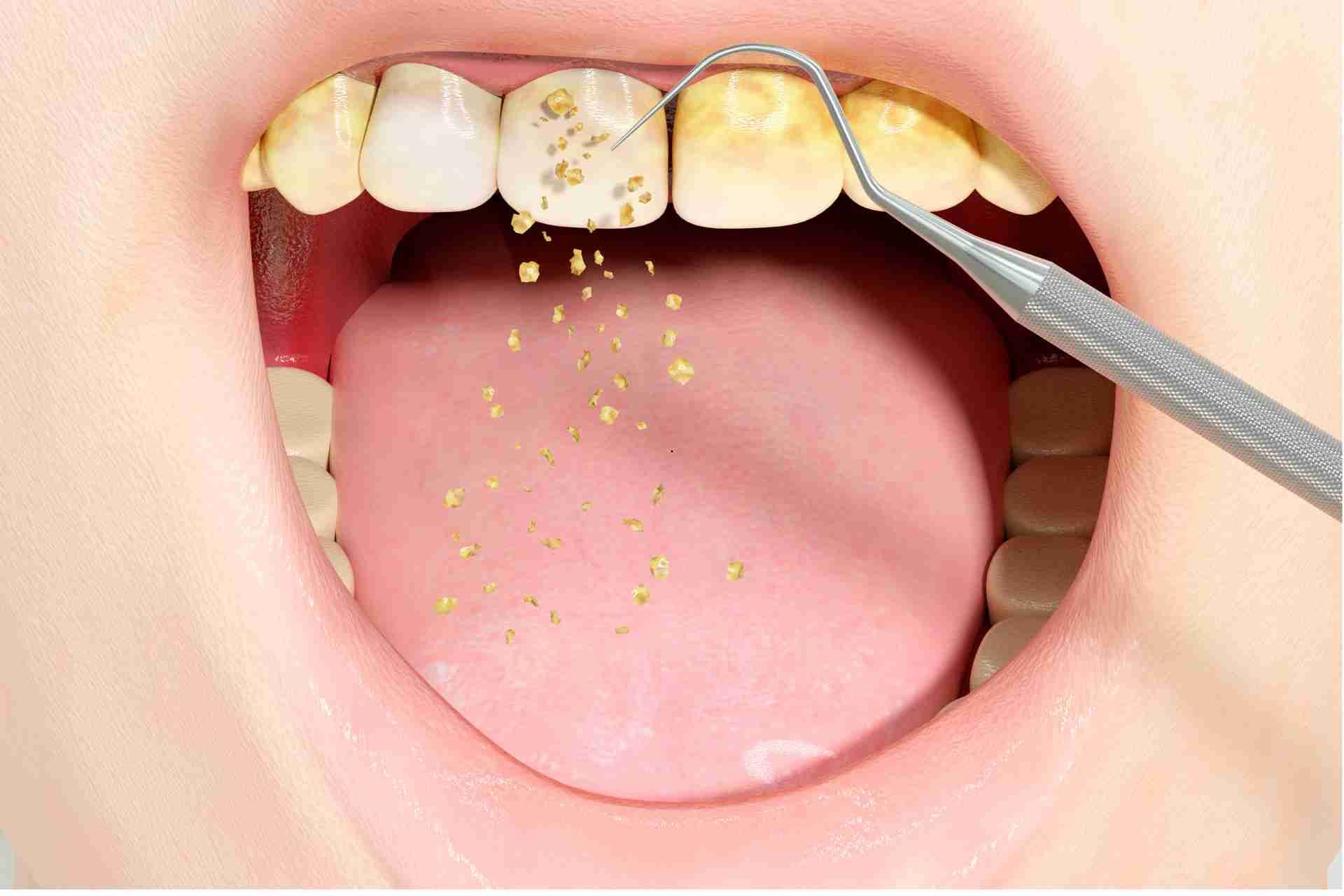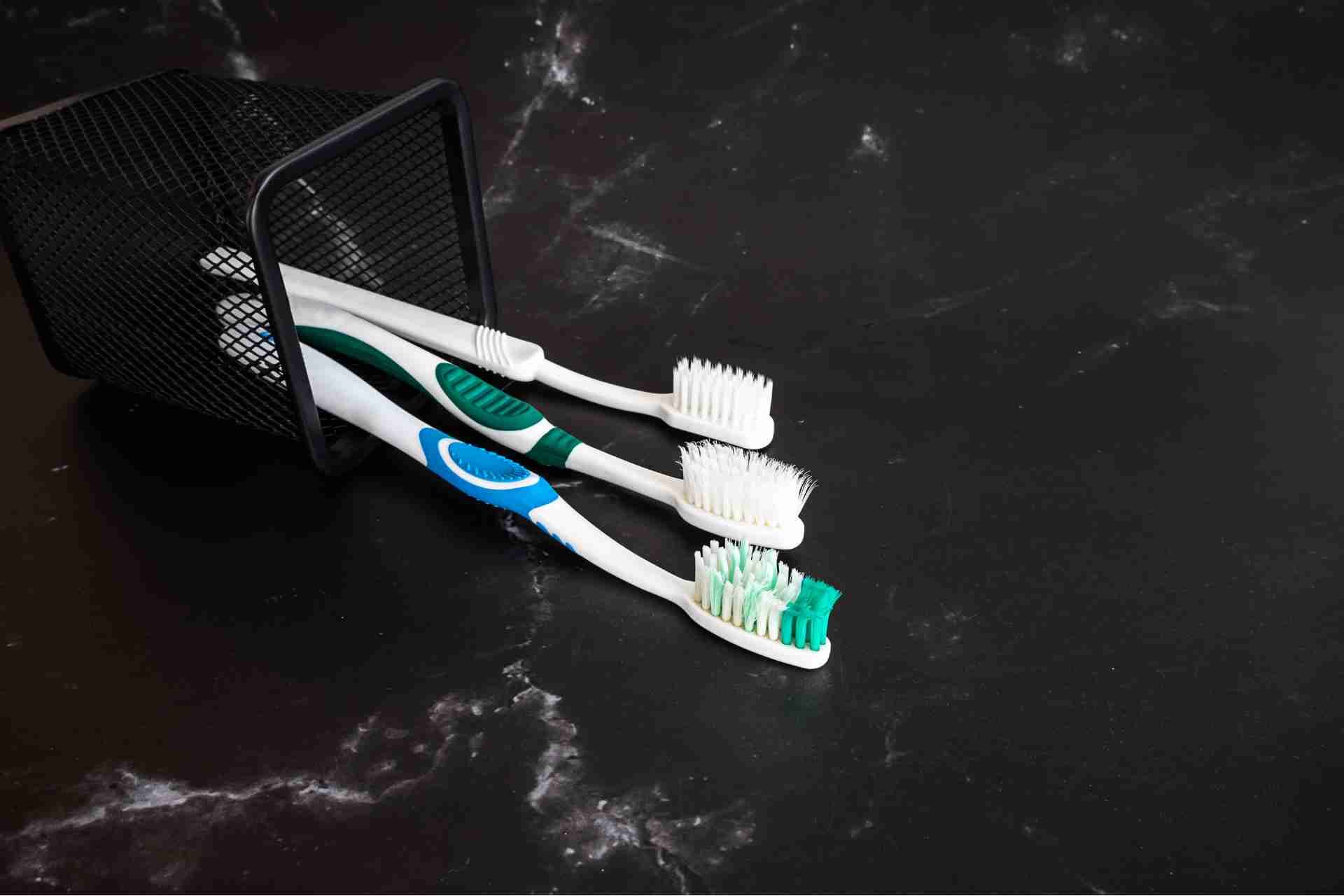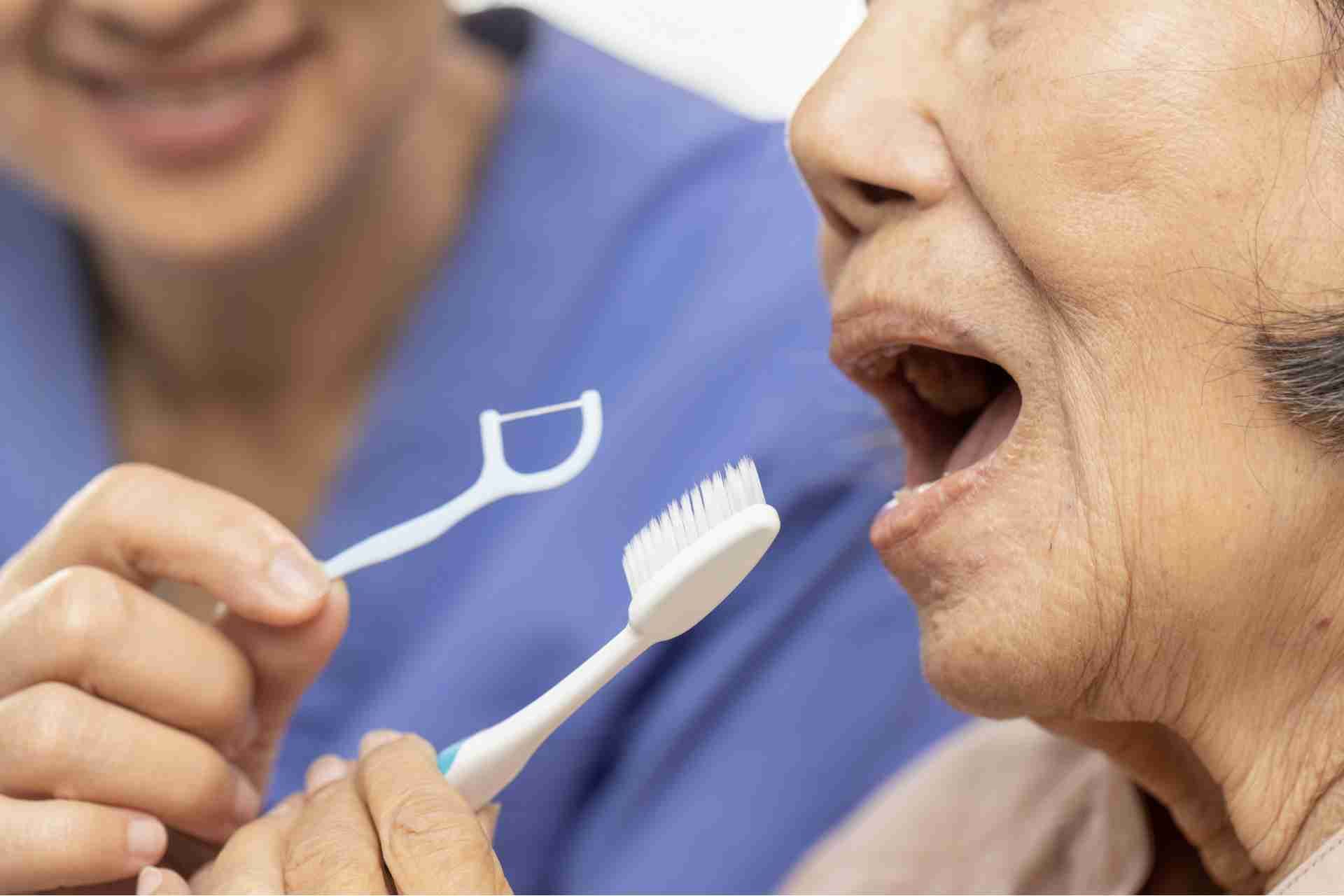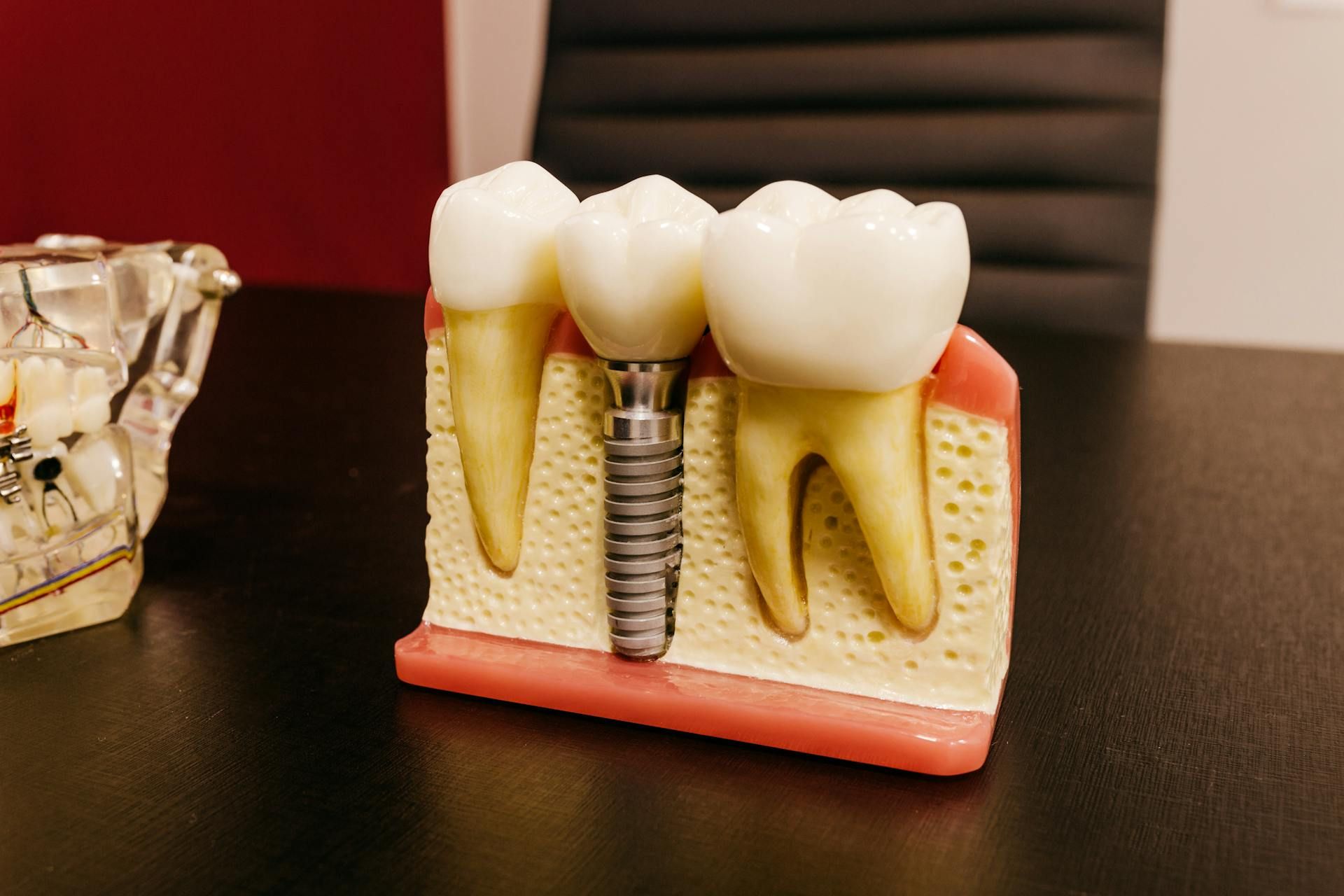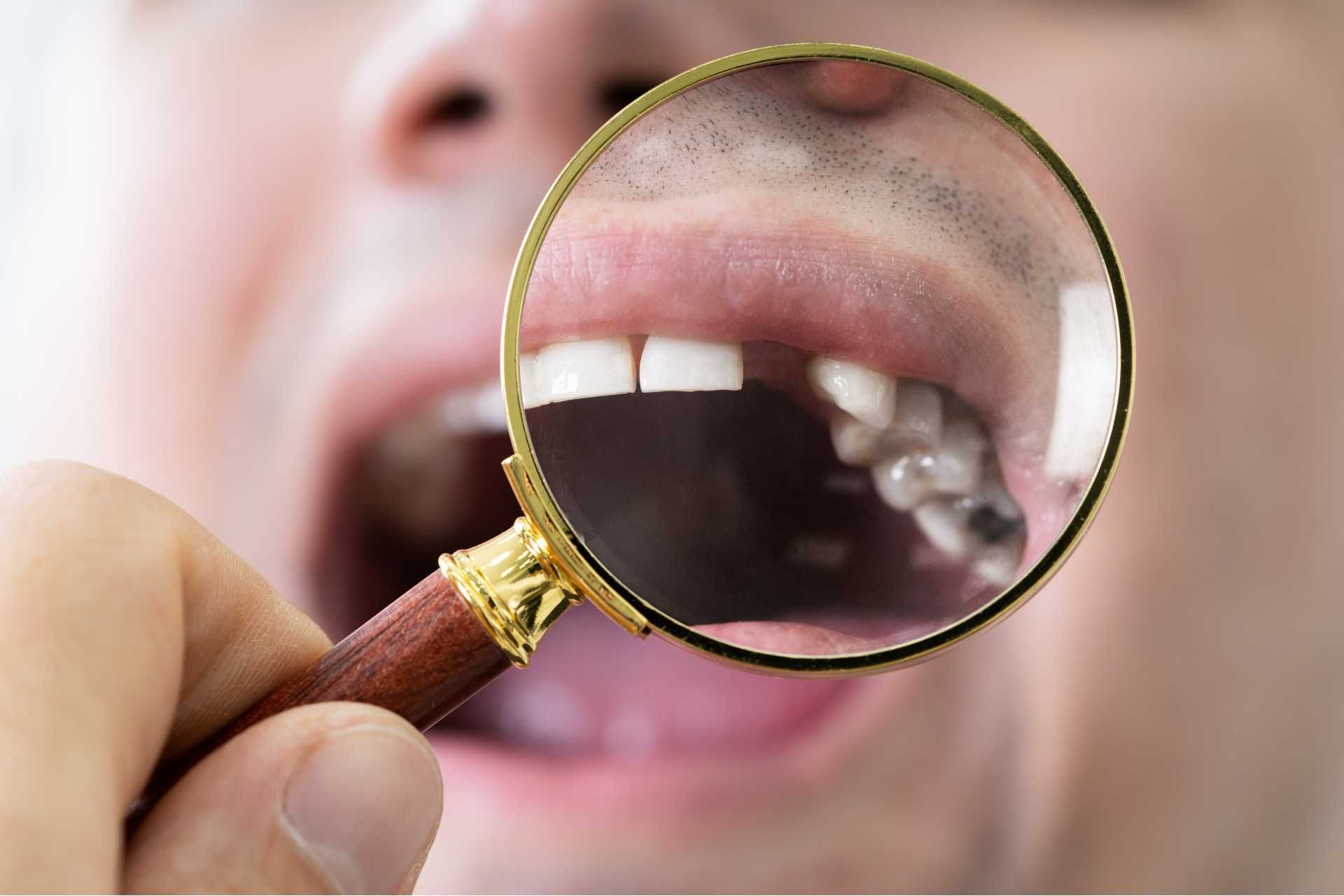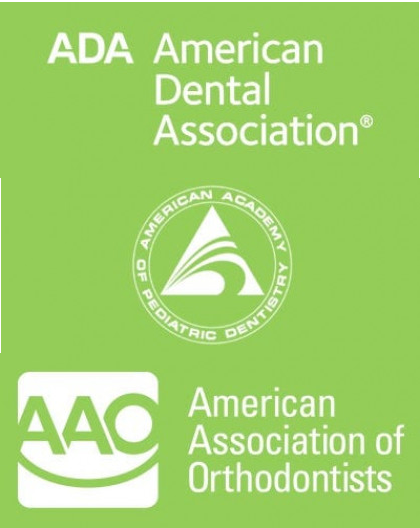How to Prevent and Treat Gum Disease
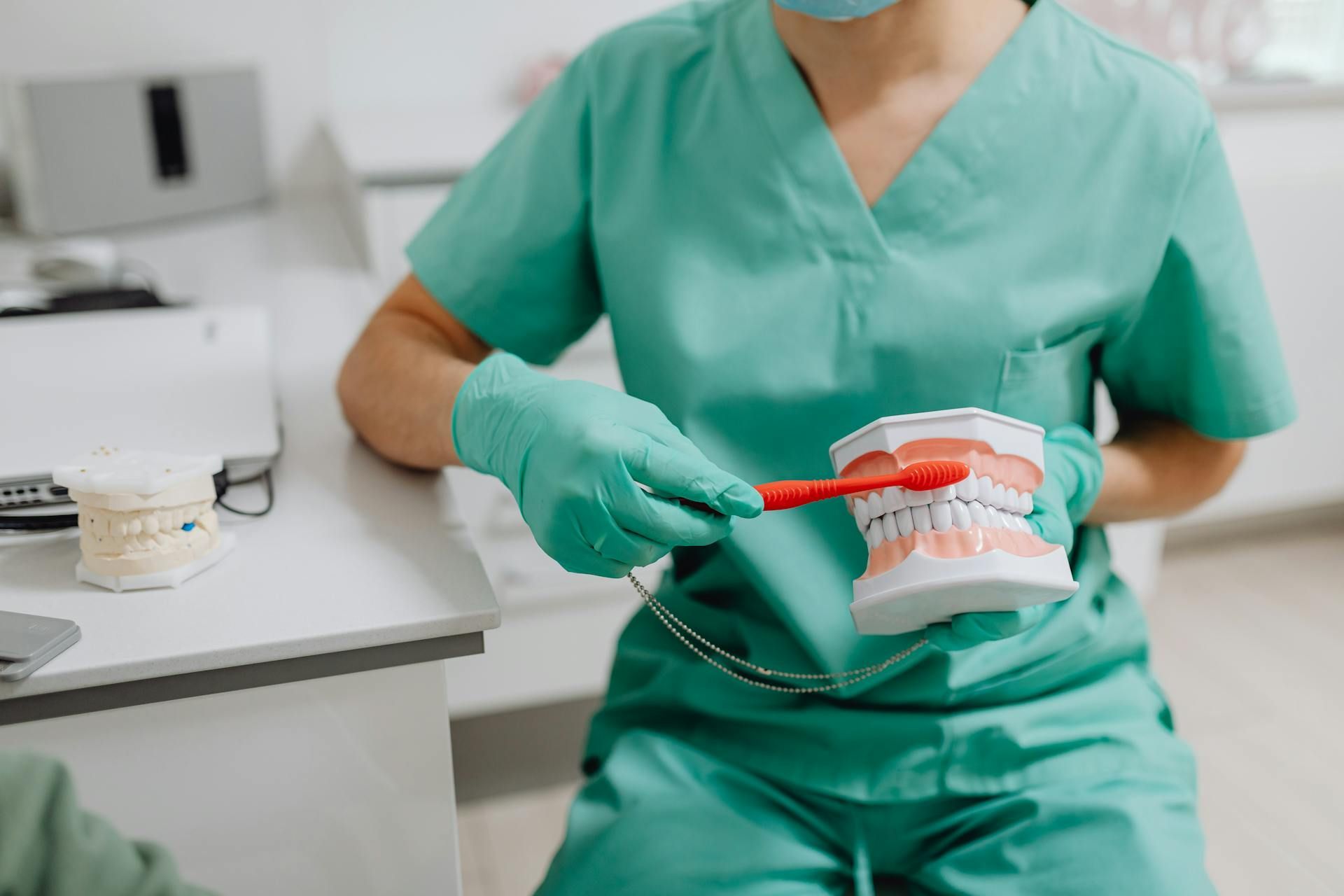
You brush your teeth diligently, but did you know that gum disease can still sneak up on you?
Gum disease, also known as periodontal disease, is a common yet serious oral health issue that affects millions of people worldwide. It can range from mild inflammation of the gums (gingivitis) to more serious infections that can lead to tooth loss and other complications if left untreated. Fortunately, there are steps you can take to prevent gum disease and effectively treat it if it does occur.
It's essential to understand the early signs and take proactive steps to prevent and treat this common oral health issue.
Stay tuned to discover practical tips and strategies to how to prevent and treat gum disease.
Gum Disease Overview
Gum disease, also known as periodontal disease, is a common but serious oral health condition that affects the gums and bone that support the teeth. It is estimated that over half of adults in the United States suffer from some form of gum disease, making it a significant public health concern.
There are two main stages of gum disease: gingivitis and periodontitis. Gingivitis is the milder form of the disease, characterized by red, swollen gums that may bleed when brushing or flossing. If left untreated, gingivitis can progress to periodontitis, a more advanced form of gum disease that can cause irreversible damage to the gums and bone supporting the teeth.
Factors that can increase the risk of developing gum disease include poor oral hygiene, smoking, diabetes, hormonal changes in women, genetics, certain medications, and a diet high in sugar and carbohydrates. Gum disease is also more common in older adults, as the risk of developing the condition increases with age.
Importance of Oral Hygiene
To maintain healthy gums, consistently brush and floss your teeth at least twice a day. Proper brushing techniques are essential for removing plaque and bacteria that can lead to gum disease. Hold your toothbrush at a 45-degree angle and use gentle circular motions to clean all tooth surfaces effectively. Don't forget to brush your tongue gently to remove bacteria and freshen your breath.
In addition to brushing, flossing habits are crucial for gum health. Flossing helps remove food particles and plaque from between your teeth where your toothbrush can't reach. Make sure to floss gently to avoid injuring your gums. Consider incorporating mouthwash into your routine for added benefits. Mouthwash can help reduce plaque, prevent gingivitis, and freshen your breath.
Furthermore, tongue scraping can also aid in reducing bacteria on your tongue, which can contribute to gum issues. By practicing good oral hygiene habits like proper brushing techniques, regular flossing, using mouthwash, and tongue scraping, you can maintain healthy gums and prevent gum disease.
Common Signs of Gum Disease
One of the first signs of gum disease is bleeding gums, especially when brushing or flossing. This occurs because the bacteria irritate the gums, causing them to become swollen and tender.
Other common symptoms of gum disease include:
- Persistent bad breath
- Red, swollen, or receding gums
- Pain or sensitivity in the gums
- Loose or shifting teeth
- Pus between the teeth and gums
- Changes in the way teeth fit together when biting
If you are experiencing any of these symptoms, it is important to see a dentist as soon as possible for a proper diagnosis and treatment. Gum disease can often be reversed in its early stages with professional cleaning and improved oral hygiene habits. However, if left untreated, it can progress to more severe stages that may require more invasive treatments such as scaling and root planing or even surgery.
How to Prevent Gum Disease
If left untreated, gum disease can lead to serious oral health problems, including tooth loss. However, with proper care and maintenance, you can prevent gum disease and keep your gums healthy.
Here are some tips on how to prevent gum disease
- Practice good oral hygiene: The most important step in preventing gum disease is to maintain good oral hygiene habits. This includes brushing your teeth at least twice a day, flossing daily, and using an antiseptic mouthwash. Make sure to use a soft-bristled toothbrush and replace it every three to four months.
- Visit your dentist regularly: Regular dental check-ups and cleanings are essential for preventing gum disease. Your dentist can detect early signs of gum disease and provide treatment to prevent it from progressing. It is recommended to visit your dentist every six months for a check-up and cleaning.
- Eat a healthy diet: A nutritious diet can help prevent gum disease by providing the necessary nutrients for healthy gums and teeth. Avoid sugary and starchy foods, which can contribute to plaque buildup and increase the risk of gum disease. Instead, focus on eating a balanced diet rich in fruits, vegetables, and whole grains.
- Avoid smoking and tobacco products: Smoking and tobacco use are major risk factors for gum disease. Smoking weakens the immune system and reduces blood flow to the gums, making it harder for the body to fight off infection. If you smoke, quitting can greatly reduce your risk of developing gum disease.
- Manage stress: Stress can weaken the immune system and contribute to gum disease. Finding healthy ways to manage stress, such as exercise, meditation, or therapy, can help protect your gums and overall oral health.
- Use a mouthguard: If you grind your teeth at night, using a mouthguard can help protect your teeth and gums from damage. Grinding can put extra pressure on the gums and lead to gum recession, a common symptom of gum disease.
Treatment Options and Strategies
There are several treatment options and strategies for gum disease, depending on the severity of the condition. Here are some of the most common treatments:
- Professional cleanings: Regular professional cleanings are essential for maintaining healthy gums and preventing gum disease. During a cleaning, a dental hygienist will remove plaque and tartar buildup from the teeth and gums, helping to prevent inflammation and infection.
- Scaling and root planing: For more advanced cases of gum disease, scaling and root planing may be necessary. This deep cleaning procedure involves removing plaque and tartar from below the gumline and smoothing out the roots of the teeth to promote healing.
- Antibiotics: In some cases, antibiotics may be prescribed to help control the bacteria that cause gum disease. Antibiotics can be taken orally or applied directly to the gums in the form of a gel or mouthwash.
- Surgery: In severe cases of gum disease, surgery may be required to repair damaged gum tissue and restore the health of the gums. Common surgical procedures for gum disease include gum grafts, pocket reduction surgery, and bone grafts.
- Laser therapy: Laser therapy is a minimally invasive treatment option for gum disease that uses laser technology to remove bacteria and infected tissue from the gums. This innovative approach to treatment is less painful and offers faster healing times compared to traditional surgery.
In addition to these treatment options, there are several strategies that can help prevent and manage gum disease, including:
- Practicing good oral hygiene: Brushing and flossing regularly are essential for maintaining healthy gums and preventing gum disease. Be sure to brush your teeth twice a day and floss daily to remove plaque and bacteria from the teeth and gums.
- Quitting smoking: Smoking is a major risk factor for gum disease and can impair the body's ability to heal and fight infection. If you smoke, quitting can significantly reduce your risk of developing gum disease.
- Eating a balanced diet: A diet high in sugary and processed foods can contribute to gum disease by promoting the growth of bacteria in the mouth. Eating a balanced diet rich in fruits, vegetables, and whole grains can help support healthy gums and overall oral health.
Who Should You Trust to Treat Gum Disease
At Pennington Orthodontics & Pediatric Dentistry, we are experienced in treating gum disease and helping our patients achieve healthy gums and a beautiful smile.
Our team of highly trained and skilled professionals understands the importance of providing personalized care to each patient. We take the time to thoroughly assess the condition of your gums and develop a customized treatment plan to address your specific needs. Whether you are experiencing mild gum inflammation or advanced periodontal disease, we have the knowledge and expertise to effectively treat your condition.
Contact us today to schedule a consultation and take the first step towards healthy gums and a beautiful smile.
